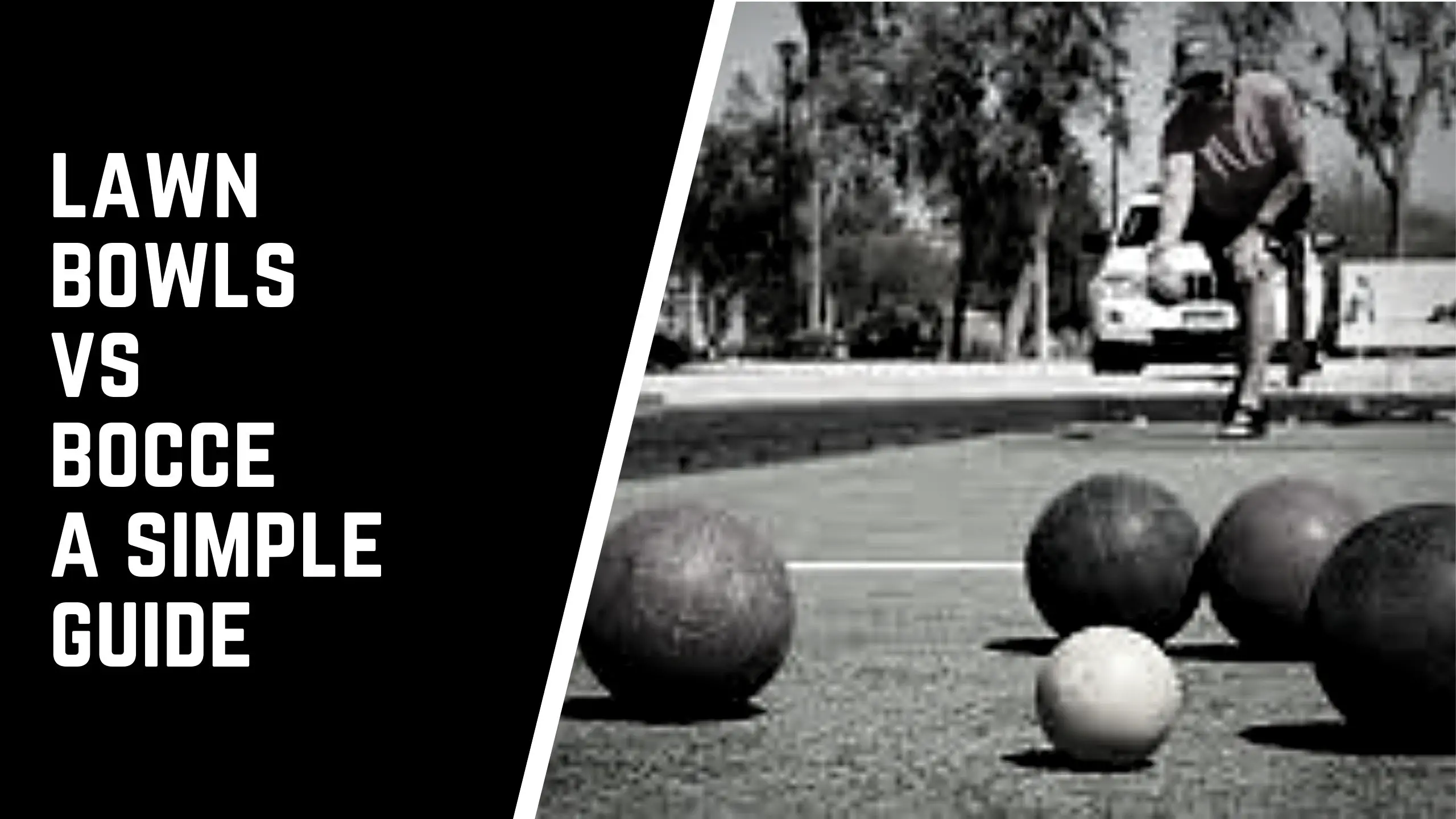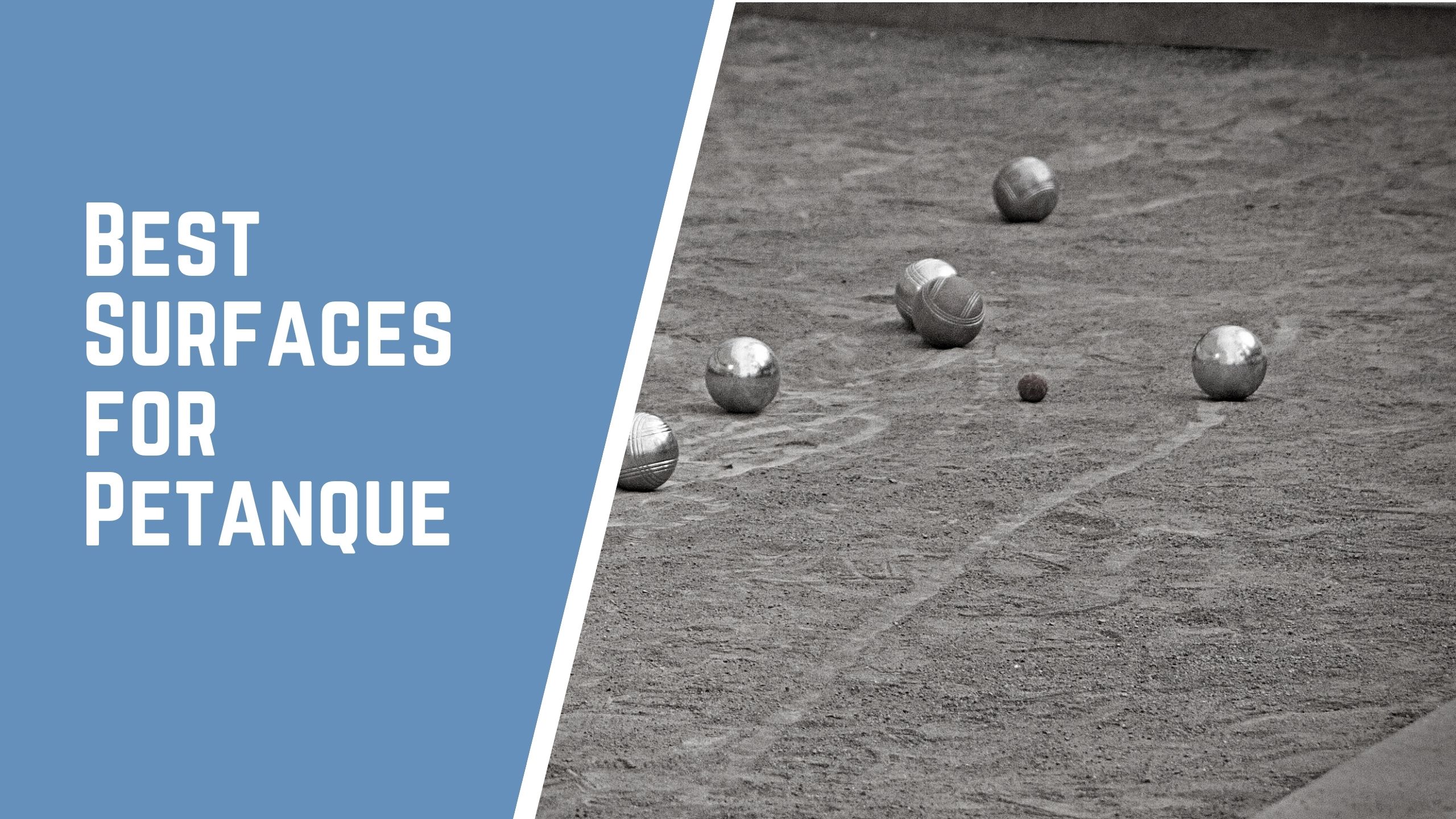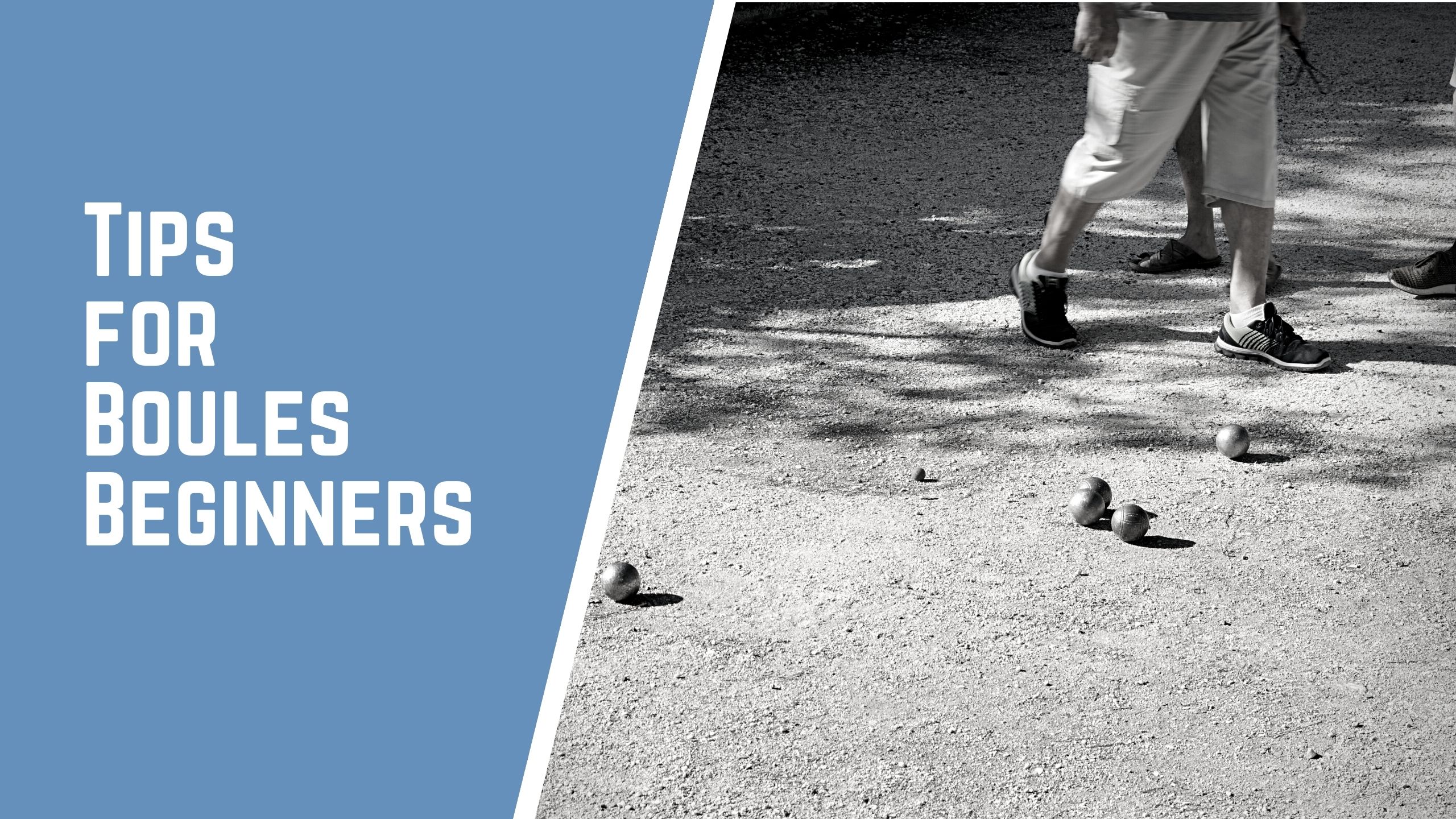It goes by a few names, but petanque is a popular game played around the globe. It is also known as Bocce or Boule and is considered to be a traditional pug game. There aren’t any ruling bodies, the rules are aplenty, and the equipment can vary. When in doubt, adhere to local rules.
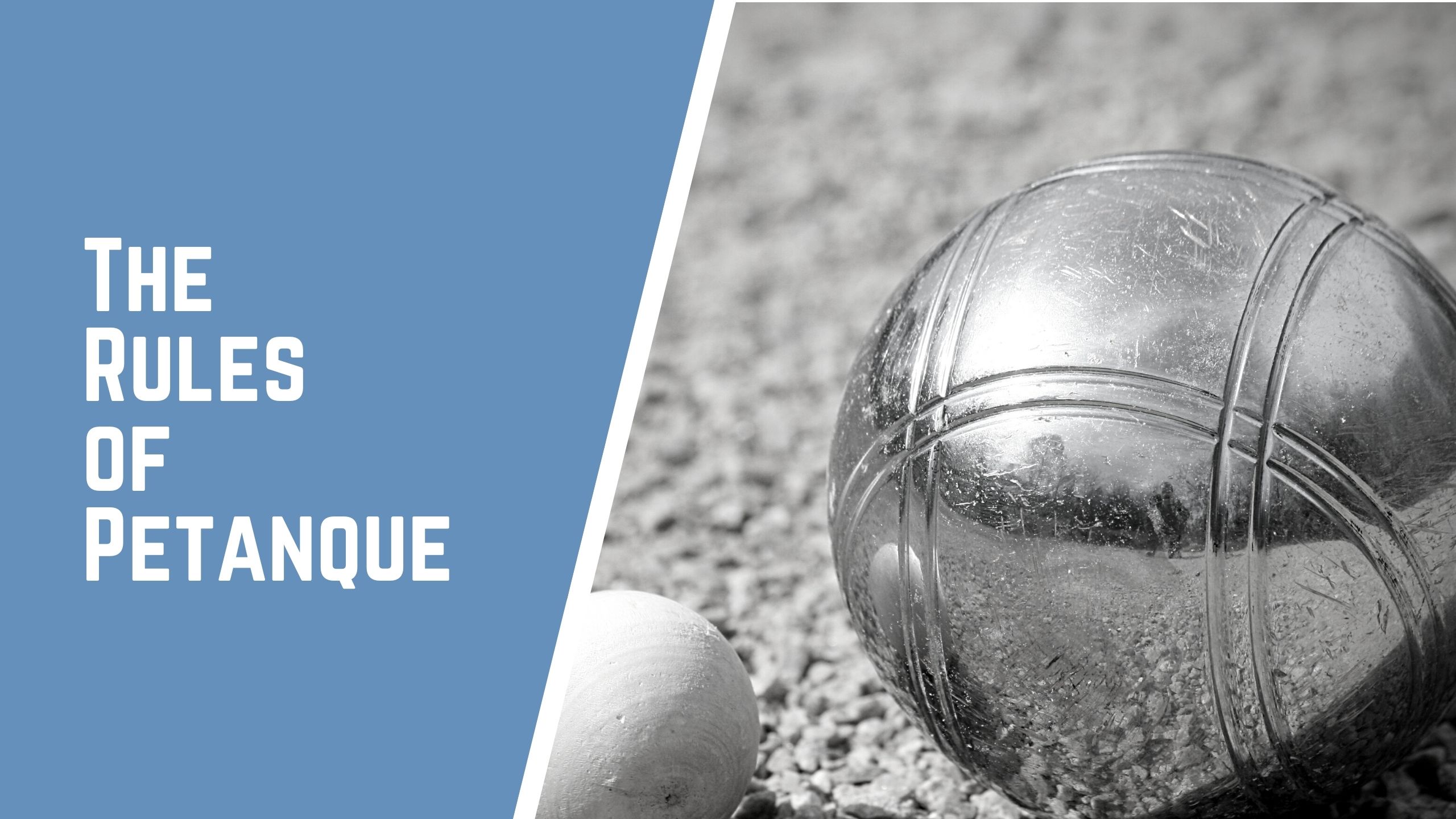
What Is Petanque?
A game that originated in France, Petanque is played around the world but is still quite popular in its home country. The game is generally played during the summer holidays, with tournaments becoming common in holiday/camping resorts.
The game is roughly a century old, originating in Provence, which is in the south of France. The original name is derived from “pieds tanques”, which translates to “feet anchored” or “firmly grounded.” There is an older version of the game where the ball is thrown after a short, three-step run.
There was once a player who suffered from rheumatism and, therefore, could not run. As a result, the rule was changed and players were then required to make their throw with both feet on the ground, creating the modern version of Petanque that we know today.
The Equipment of the Game
The balls used are made of metal, typically stainless or carbon steel, though there are more colorful sets for children to use. They are hollow, so as to not be too heavy (roughly 650-800 grams), though the choice can depend on the hand size of the player and whether or not they will be used for shooting or pointing.
Each team scores points by having their boule(s) closest to the cochonnet. When throwing your boule, it is necessary to aim at the cochonnet. There are two teams that play against one another in petanque, though the number of boules used depends on how many players are on each time.
The game can be played with anywhere from one to three players on each team. When playing solo or with a partner, each player is given three balls. It is only when the teams jump to three per side that this changes, going down to two balls per team. With multiple players, the total will always be six balls per team.
The playing surface is generally small gravel, but it can also be played in grass or on sand. A grass surface is generally a lot tougher to play on because the balls will not roll quite as well.
It is against the rules to remove or touch any obstacle that may be on the terrain, be it a leaf, twig, pebble, or something else. That said, an impact hole made from a previously thrown boule can be filled in.
The round comes to an end when each of the teams has played all of their boules. The first team to reach 13 points wins, going as many rounds as necessary to find a winner.
The Rules of Petanque
In this section, we will go over the various rules that comprise Petanque. When the game starts, the first round begins when a random draw determines which team goes first.
1. First, the starting team will draw a circle on the floor. Depending on the kit you get, there may be small, prefabricated metal or plastic circles that can be used. This is generally quicker than creating one from scratch. It also ensures that the circle remains as round as possible. If you don’t have a kit, then tracing the ground using a stick or your foot will work just as well.
2. After the circle has been established, the first player will throw the cochonnet, which must land between 6 and 10 meters from that starting circle. This is to make the game more balanced as a lesser or greater distance can make it too difficult for players to land their throws.
3. An opposing player then throws their first boule, trying to get it as close as possible to the cochonnet. It is important to note that players must have both feet on the ground and within their circle in order for the shot to count. If one foot leaves the ground or a player leaves the circle, the throw will not be considered legal.
It is also worth noting that the palm of your hand generally faces downward, though this isn’t required. That said, throwing in this manner means providing more control while adding spin to your throw.
4. After the first throw, the two sides then alternate. After each throw, a point is determined, known as “having the point,” where the team gains a point by having their boule land closest to the opposing cochonnet.
It can sometimes be difficult to determine who is “closer”. Which means using some kind of measurement tool to determine which one is actually closer. You can’t use your feet officially, but since most people are playing informally, that can be a fine method of measurement.
5. For each round thereafter, the team that did not get the point throws their boule first. They continue to throw first until gaining a point or running out of boules, whichever happens first. The players on a team can play in any order that they want, usually depending on the skills of the “pointeurs” or “tireurs.”
A pointer means to point or to throw the ball so that it is as close as possible to the cochonnet. The “un pointeur” is a Petanque player who is required to aim or point at the jack. The tirer is to knock away any opponent’s boules. It is a good way to get rid of any opposing boules that may be too close to the cochonnet. And finally, an un tireur is the player that is most skilled at knocking away opposing boules.
6. When all players have gone, the team that has a boule closest to the cochonnet scores a point for each boule that is positioned closer than the closest boule from the other team. So, if all three players on a team are closer than the closest opponent, they would score three points.
7. Wherever the previous round ended, that is where the new cochonnet will go. It is the starting circle for each round, and it can change with each turn.
8. The game only comes to an end when one team reaches 13 points total. If a team loses 13-0, then that means they didn’t make a point all game, called a “fanny.” This is an older custom that refers to a tradition where the loser would have to kiss the naked buttocks (or “fanny”) of a woman or her representative (which could be a small sculpture). This rule is generally not adhered to anymore.
Petanque Kits
For those looking to play the game in a more official fashion, there are petanque kits out there available for purchase. For kids or amateur players, they can come in red and blue or red and black and are generally made of softer materials like plastic.
The more official kits are made of steel, typically stainless, and come in sets. These sets come in the form of a stainless-steel case, giving the entire thing a very official feel.
There are also some kits that come with a cochonnet circle made of either plastic or steel. This is a quick, easy way to establish the cochonnet instead of having to draw it out each time using a stick or your foot. It isn’t required but it can provide a level of convenience and help to speed up the game just a bit.
There is no official measurement tool for determining the closest boule to the cochonnet. Though official rules state that a foot cannot be used for measurement, most games are hardly official. You can feel free to use your foot should you so choose.
That said, there are a number of different methods for measuring true distance. Anything that denotes smaller measurements would be fine, like a ruler or a piece of measuring tape. This can help to provide the most accurate reading possible and ensure that the right team is awarded a point.
Really, anything that you find can serve the purpose of playing the game. That is partially why it has grown to such popular heights: anyone can play it at any time and there is no need for official boules or measurements. It can be played on a whim in any location.
Conclusion
Petanque is a game most popular throughout France, but it is played in variations throughout the world. It doesn’t take long to get the hang of the various rules, though you should always check with those more familiar to see what the rules may be.
Before long, you will be a petanque expert, ready to take the game by storm. With a guide like this, it won’t take you long to understand the rules in a way that can help you become a winner.
Get The Complete Lawn Bowls Drill Pack
The Jack High Bowls Drill Pack is available now for instant download.
Perfect for beginners and improving players looking to be more consistent and win more games!
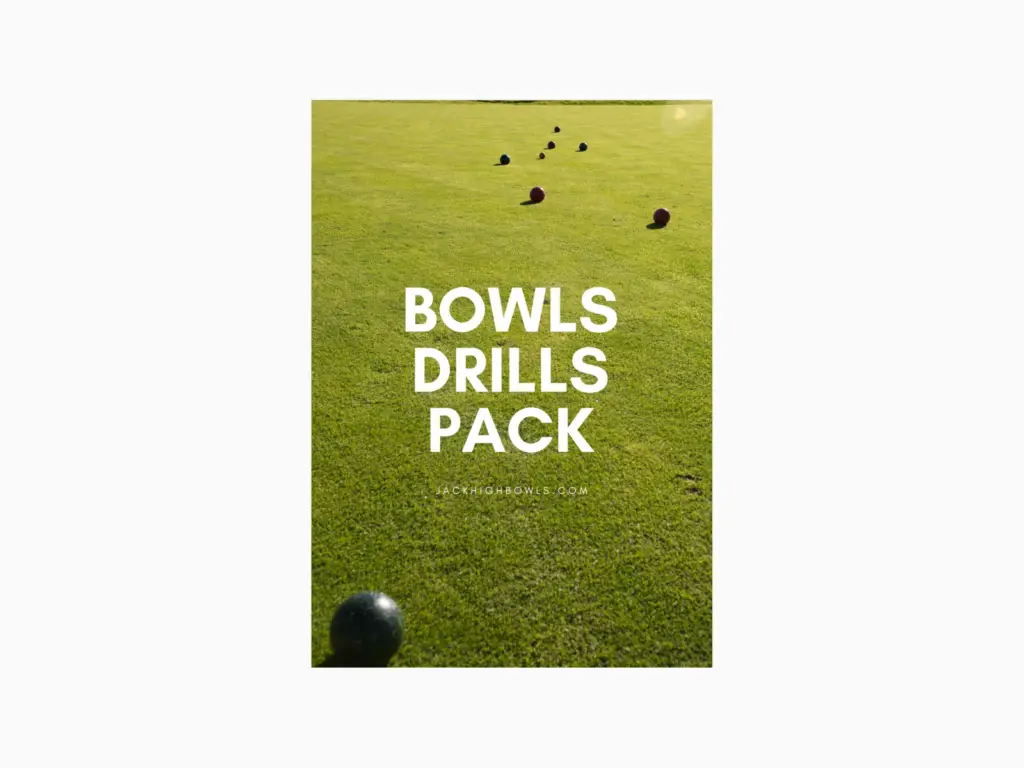
Get The Complete Lawn Bowls Drill Pack
The Jack High Bowls Drill Pack is available now for instant download.
Perfect for beginners and improving players looking to be more consistent and win more games!


